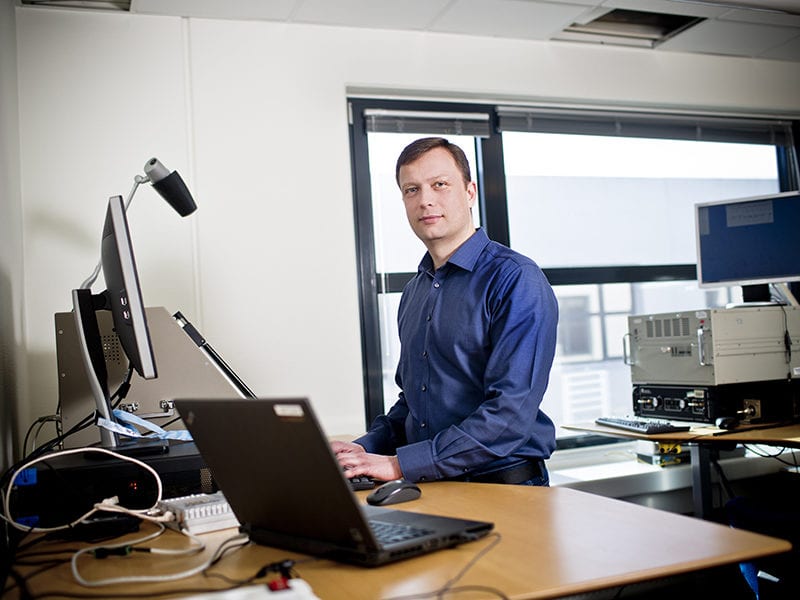Latest News

GateHouse Telecom Director of Satcom Thomas Jensen. Photo: GateHouse Telecom
The satellite industry could learn a thing or two from the 3/4G terrestrial systems, where users are able to change subscription as they see fit. This has created a flexible and dynamic market to the benefit of all involved — operators as well as end users. In contrast, it is impossible for users of satellite systems to move their subscription from one operator to another without installing new hardware. The result is heavily reduced flexibility, which is important for many of the end users working on new satellite terminals and solutions. But with the entry of new hardware in satellite terminals, the time has now come for the satellite industry to change.
The problem is waveforms availability
The satellite industry’s flexibility issues lie in the availability of waveforms. In short, a waveform is a piece of software that can be downloaded to a hardware platform, which ultimately defines the specific protocol for a given radio communication system, for example, Inmarsat’s Broadband Global Area Network (BGAN).
The protocol’s physical layer is responsible for transmitting and receiving raw data on the radio link. Bits to be transmitted are converted into radio signals following the specifications of frequency band, modulation, coding, etc. Similarly, bits received are deducted from specifications of frequency band, demodulation, decoding, etc.
Meanwhile, upper protocol stack layers set up and manage data connections to be used by an application. Using the services provided by the physical layer, a data link is established for one- or two-way transmission of data packets. This includes flow control and retransmission to compensate for the loss of data on the physical link. To secure a stable radio link, the upper protocol stack layers manage radio resource allocation, position reporting, handover, etc — i.e. all functions needed to secure a connection for terminals potentially moving while in use.
As technology leaps forward, the physical layer can soon be implemented as software or firmware enabling the same satellite terminals to access different satellite systems.
The SDR Hardware — a game-changer in satellite communications
While the concept of SDR is not new, the rapidly evolving capabilities of digital electronics render practical many processes, which were once only theoretically possible.
A Software-Defined Radio (SDR) is a radio communications system where components, which traditionally have been implemented in hardware, are instead installed as software. This could, for example, be mixers, filters, modulators/demodulators, detectors, etc. A basic SDR system consists of one or more General Purpose Processors (GPP), Digital Signaling Processors (DSP), Field Programmable Gate Arrays (FPGA), analogue hardware, and antenna. When put together, such a design produces a satellite terminal that can access different satellite systems based solely on the software or waveform used.
By downloading waveforms and implementing the protocols, end users are able to reuse the same hardware for many different satellite systems resulting in a higher degree of flexibility than with traditional satellite terminals most use today. In the end, this will lead to improved flexibility and user experience of satellite terminals, thus improve conditions for end users.
So yes, the entry of SDR waveforms will change the satellite industry as we know it — for the better.
Thomas Jensen is the director of satcom at GateHouse Telecom, a company providing software products for commercial, government, and military use within the satellite communications industry,
Get the latest Via Satellite news!
Subscribe Now